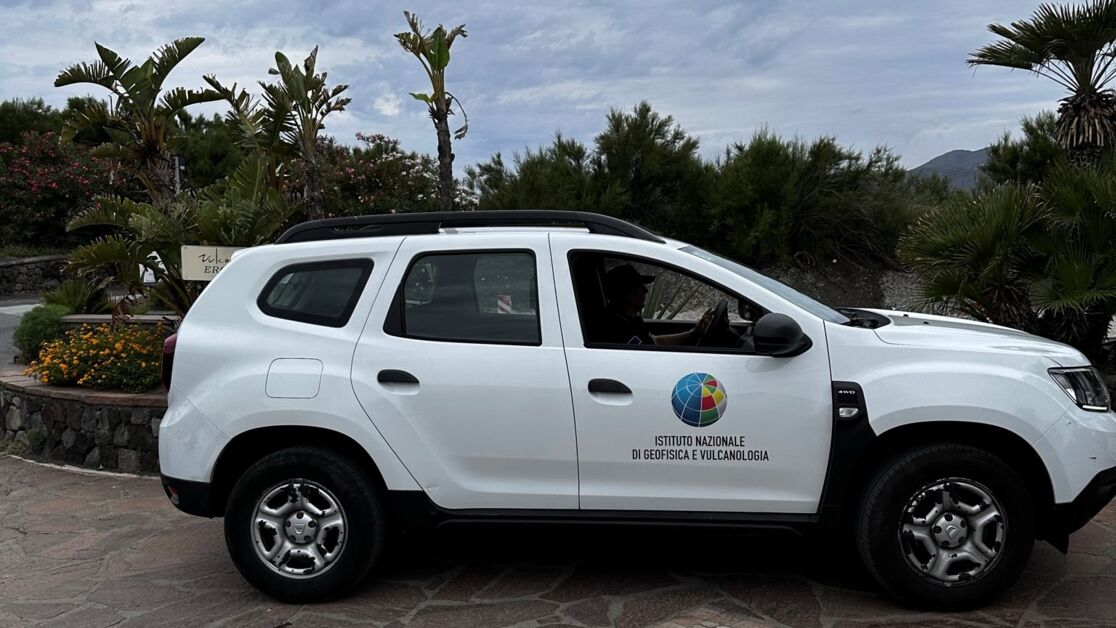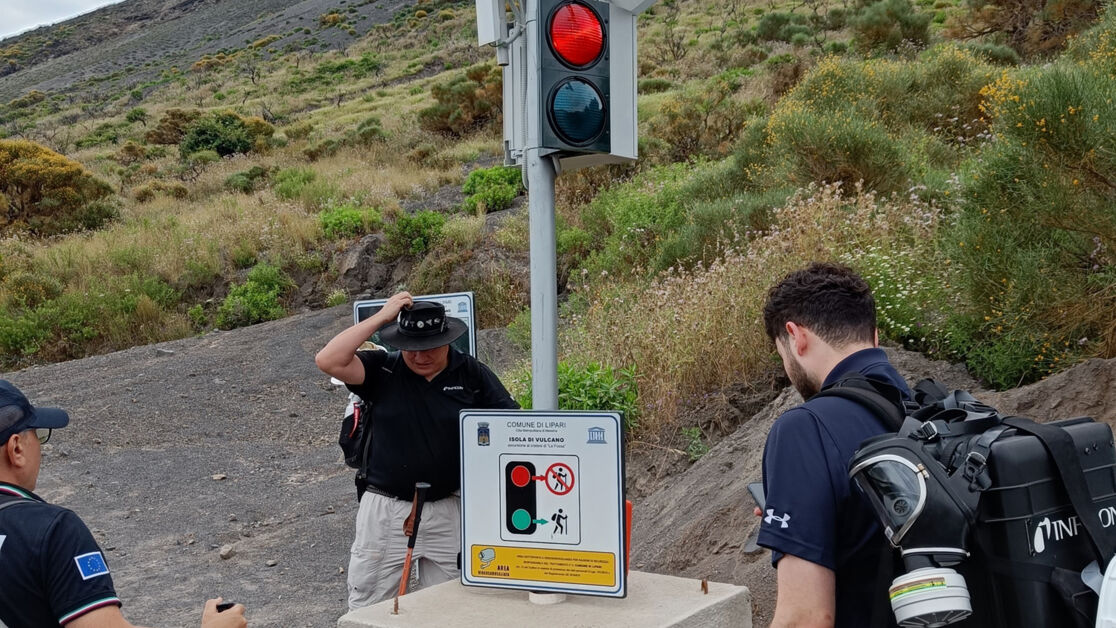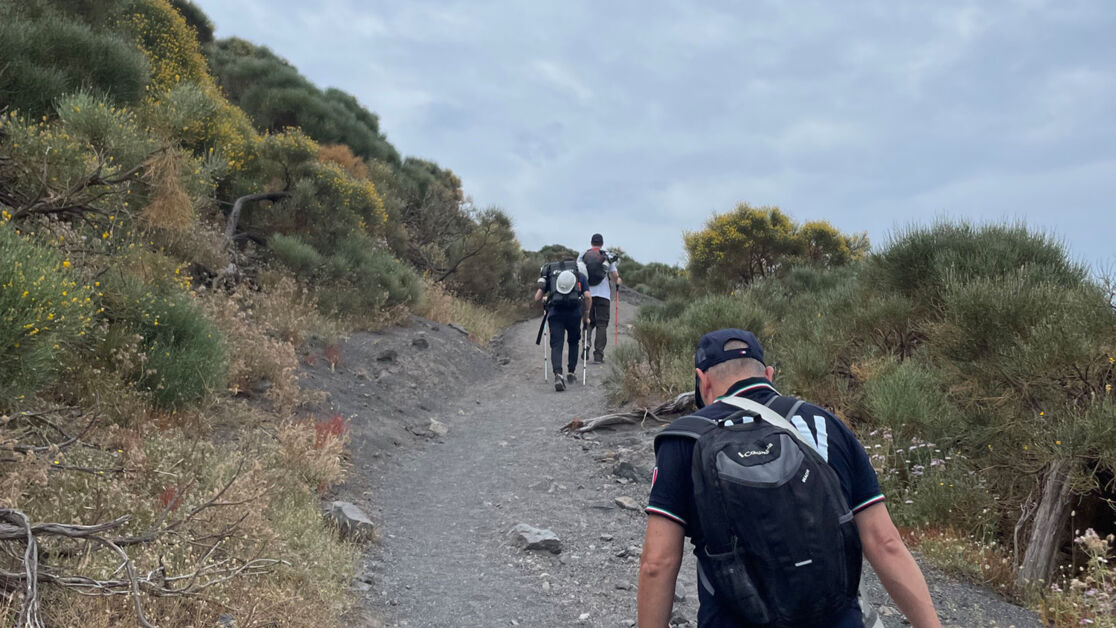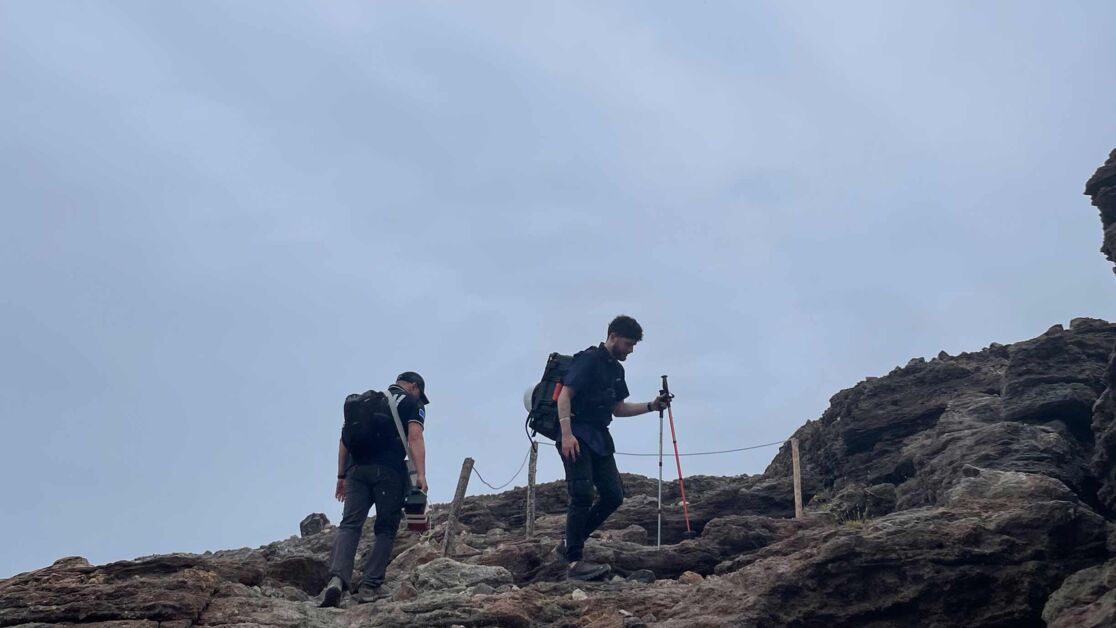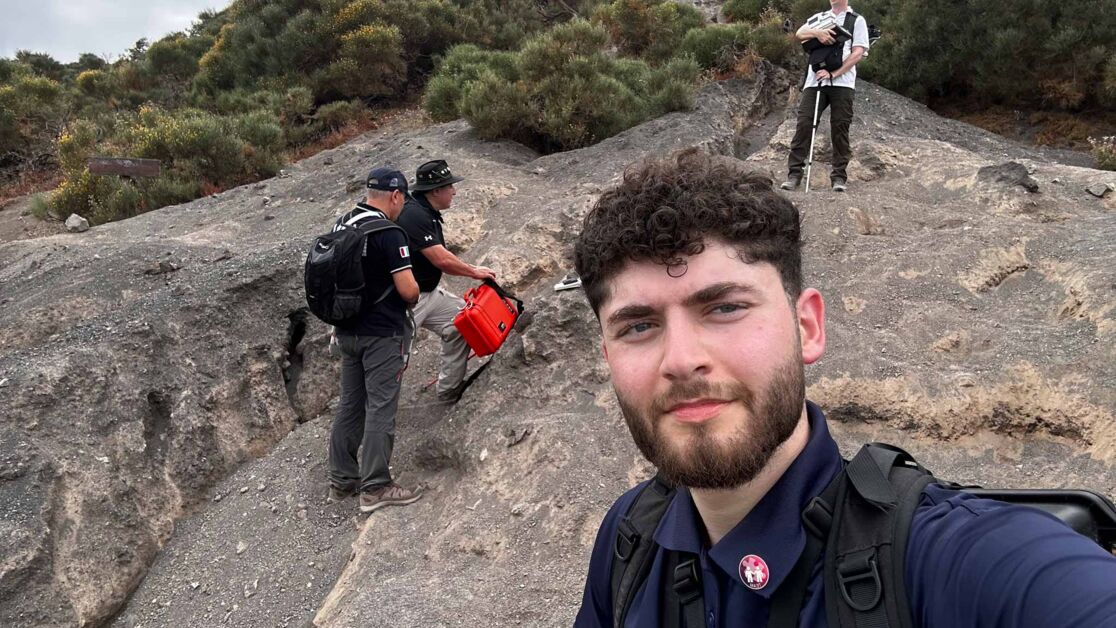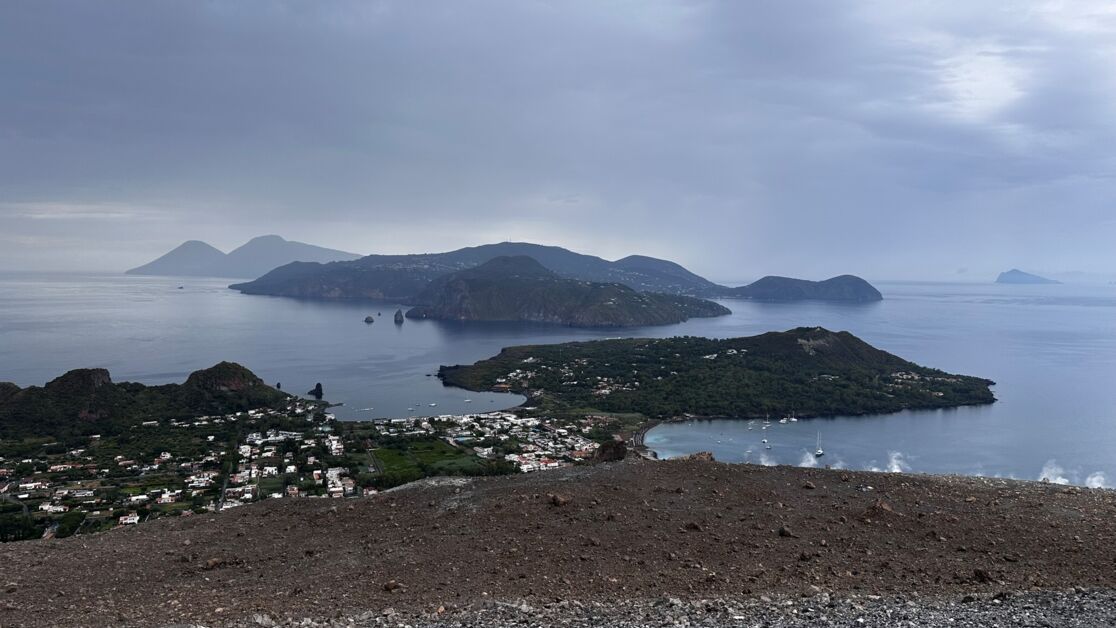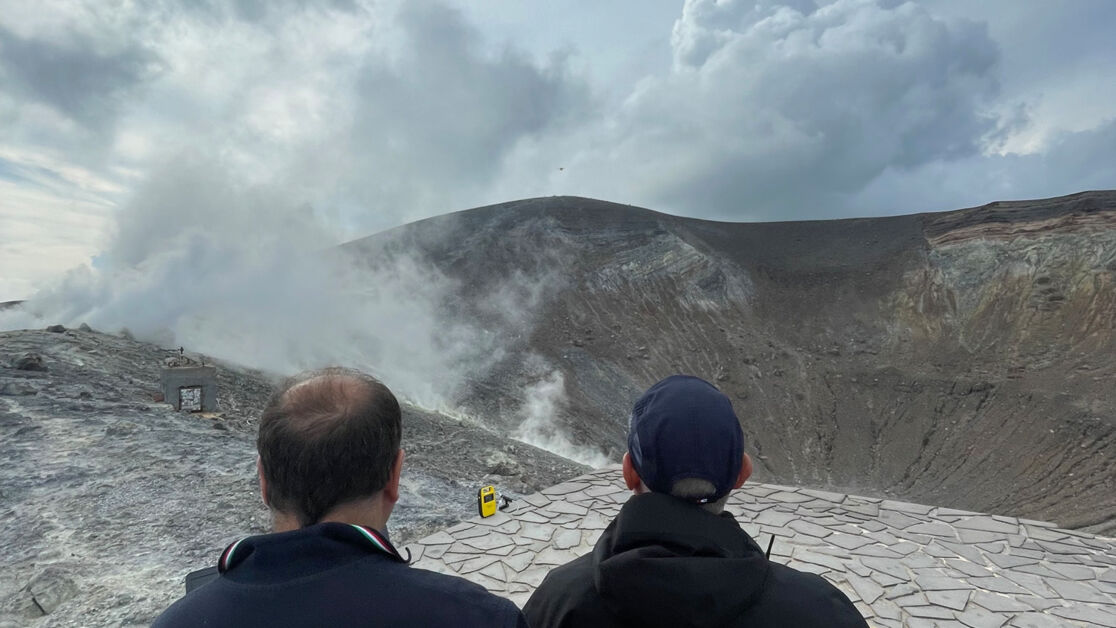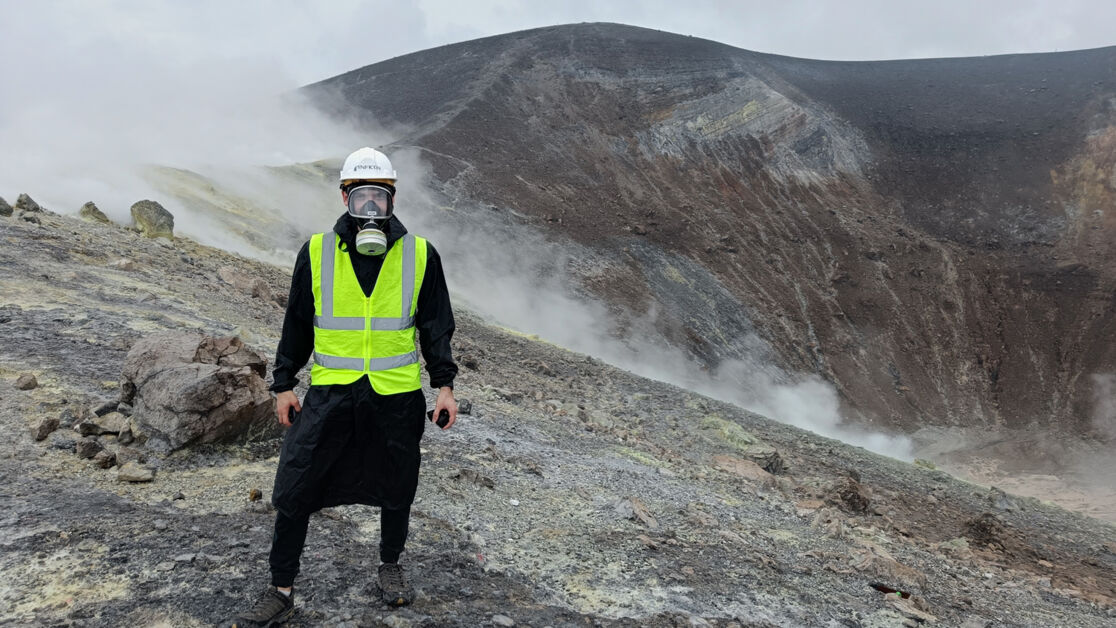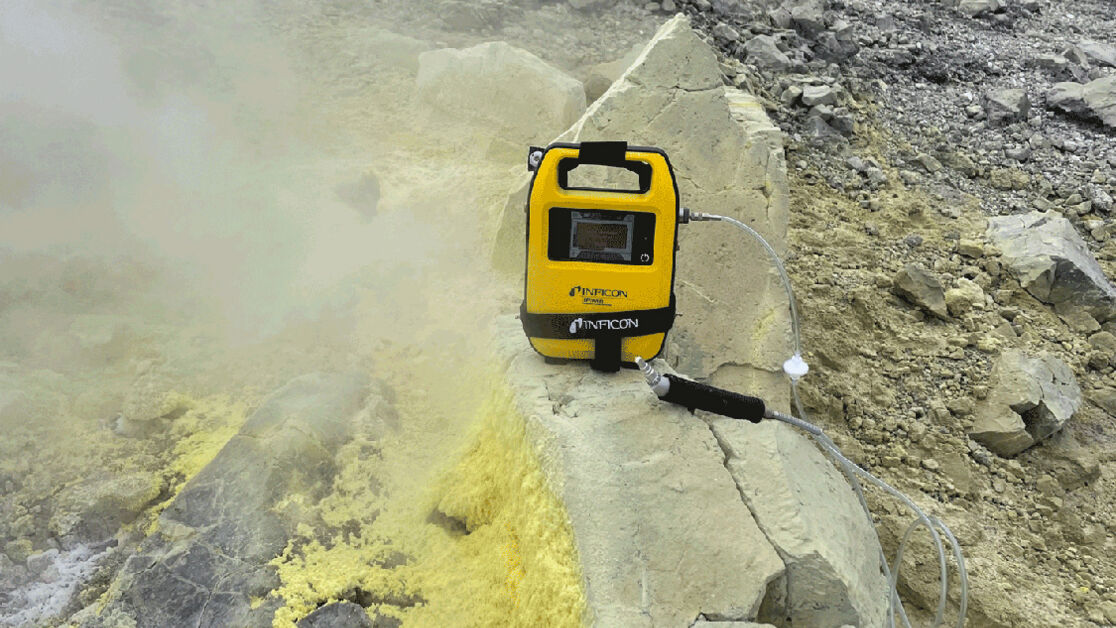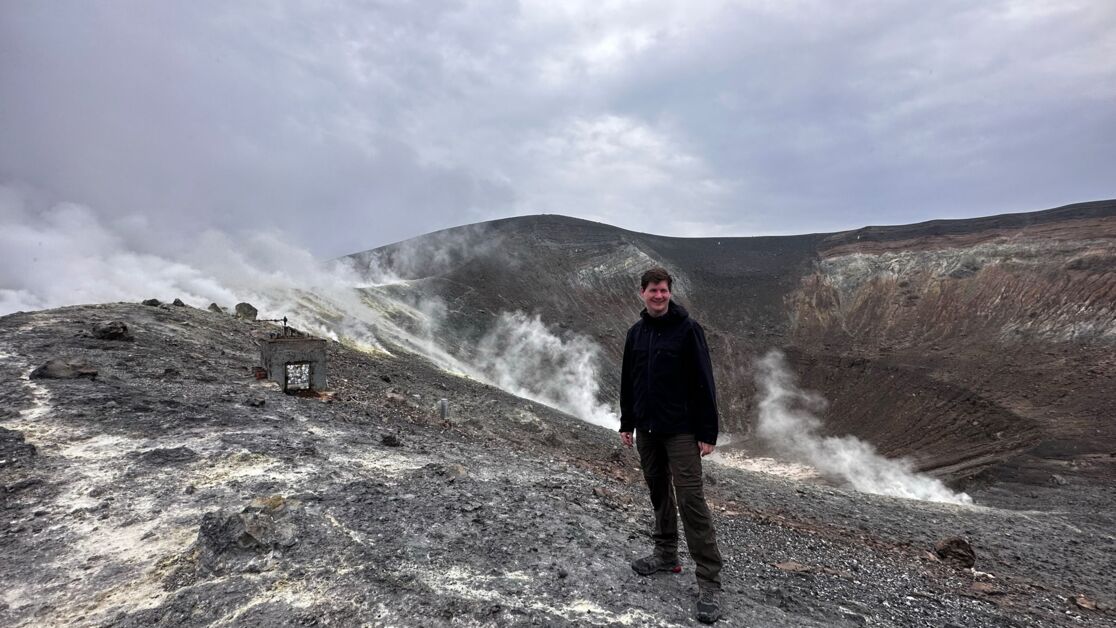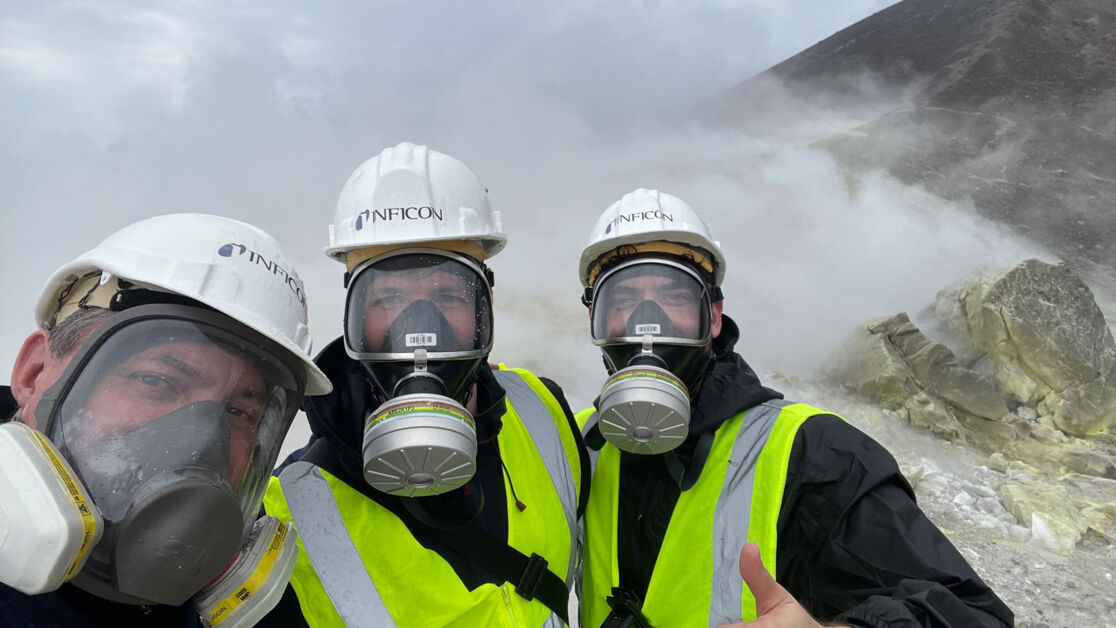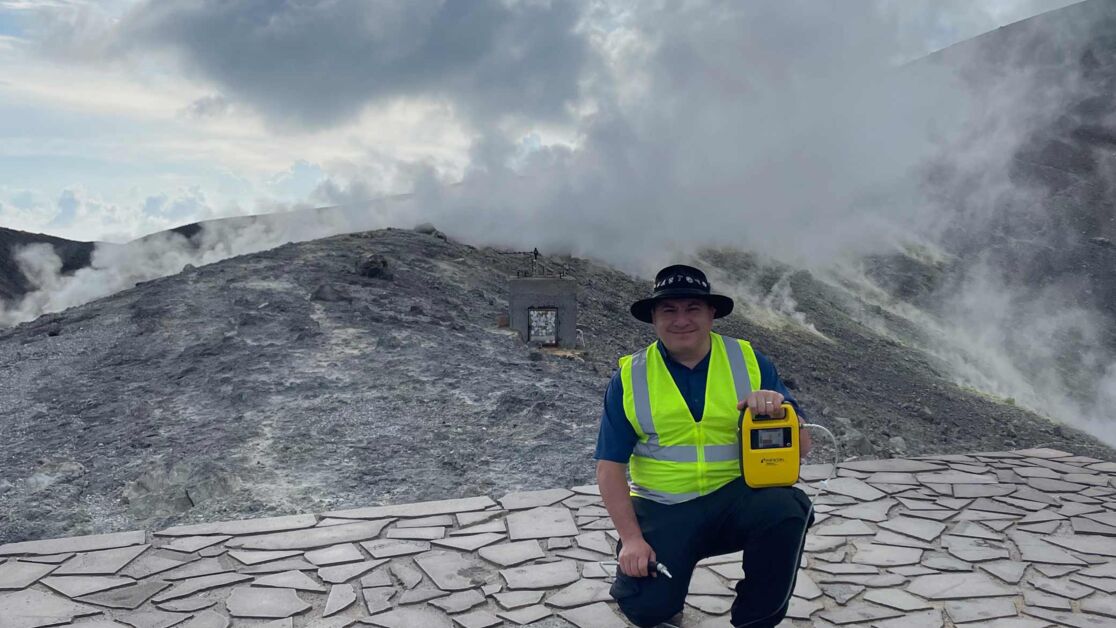Uncovering a Volcano’s Secrets
Overcoming Complex Challenges to Protect People and the Environment
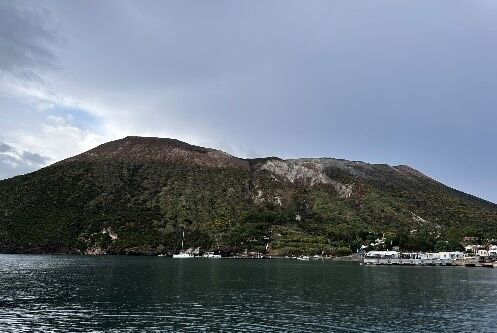
Picturesque Vulcano, Italy is the setting for an extraordinary journey that brings the discipline of science and the wonders of nature together for a project that could impact future generations of people and their environment. Known for its volcanic activity and sulfur smell, Vulcano is named after Vulcan, the Roman god of fire, and is a small volcanic island, one of the seven Aeolian Islands located in the Tyrrhenian Sea, off the north coast of Sicily. From this small island the name is taken for all the volcanoes in the world.
Once in the crater, the surface for our exploration is rugged and scarred, with jagged rock formations, cracks and gases spilling crevices riddling the barren landscape, making it a challenge to reach and stay in this environment for any amount of time.
The Teams
Volcanism is one of the most powerful driving forces on our Earth’s surface. Contrary to tectonics and erosion; where their effects can be seen over thousands to millions of years, a volcano’s spectacular and at times destructive displays of energy can change the landscape in a matter of days and create dangerous situations for the local people. It is in the spirit of caring and innovation that INFICON works together with scientists from government agencies and research institutions around the globe to provide better tools for predicting the activity of volcanoes and to monitor precursors to large eruptions.
Our R&D teams from INFICON Syracuse and Cologne are joined by INGV (Italian National Institute of Vulcanology and Geophysics, who extended the invitation to this field campaign), in collaboration with NASA, JPL, ESA, CNES, ISRO ASI – and different researchers from universities around the world. The objective is to make significant advances in the field of volcanic monitoring and to help establish civil defense protocols to protect the people living near the volcanoes. These research institutions provide valuable insights into the key parameters and natural phenomena to continuously monitor the potential hazardous activity. Organizations, such as these, rely on private industry, like INFICON, to build reliable scientific instruments and sensors that are robust enough to withstand the demanding work at volcanic sites (in situ, near remote, airborne or space borne instruments) and that can be implemented by government agencies in charge of civil protection, earth science observation and emergency response.
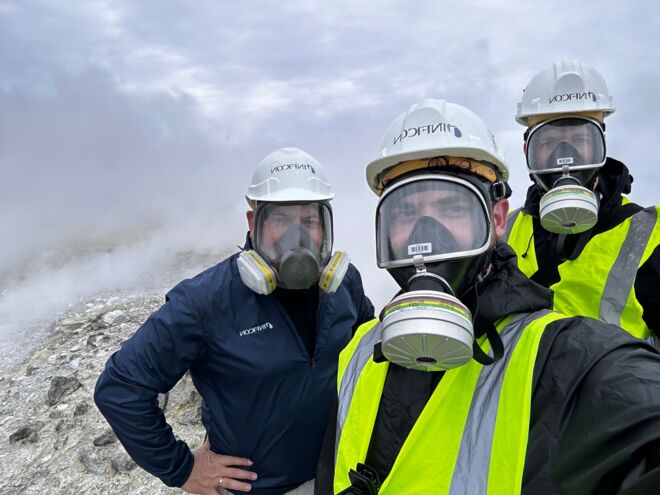
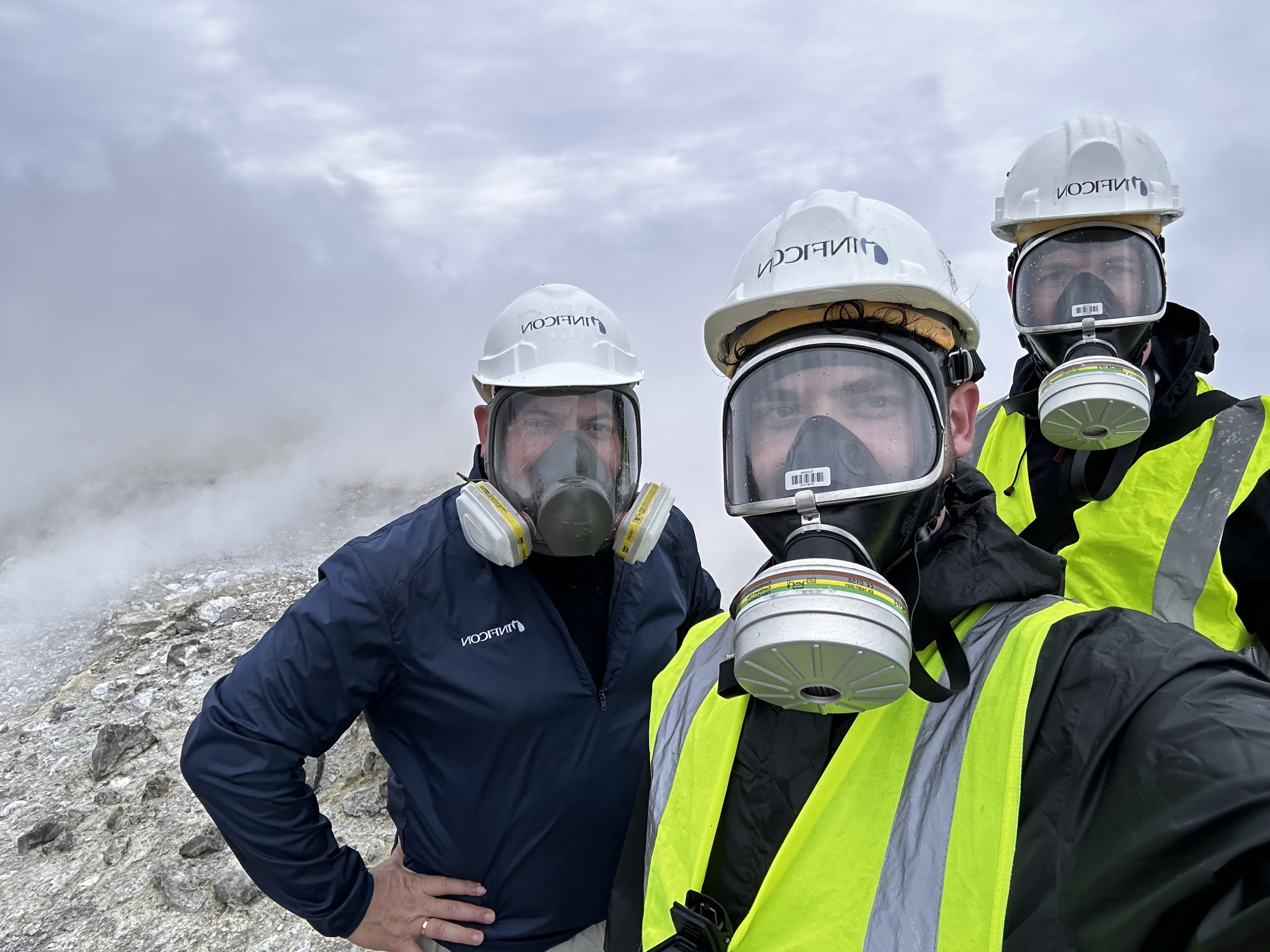
The Technology
Going into a volcano’s crater to measure gases and “leaks” from the volcanic chamber requires tools that can withstand what the environment is capable of throwing at them. Mass specs for gas analysis and leak detectors for finding leaks at their source have evolved from large, lab-type instruments to portable and ruggedized units that can be carried into this volcanic realm. For the Vulcano project, the team is using IRwin® portable gas monitor, a Transpector® MPH membrane inlet MS and a portable multi-gas system for drones. The expedition not only satisfies the scientists’ immediate mission, but also provides them with valuable information to help create the next generation instruments for environmental and many other challenging applications.
Today’s geochemical technology is limited to monitor few in-situ gas species in real time (mainly SO2, H2S and CO2), but INFICON instrumentation enables monitoring of helium, hydrogen and other trace gas species and isotopes. These measurements are made in-situ and in real time, providing a more complete picture of the degassing process and stages of volcanic activity, complementing other monitoring techniques typically used in volcano monitoring like tilt meters, magnetic measurements, seismometers, remote sensing, etc.
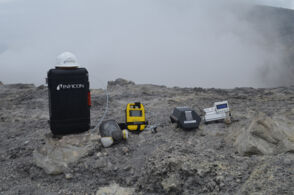
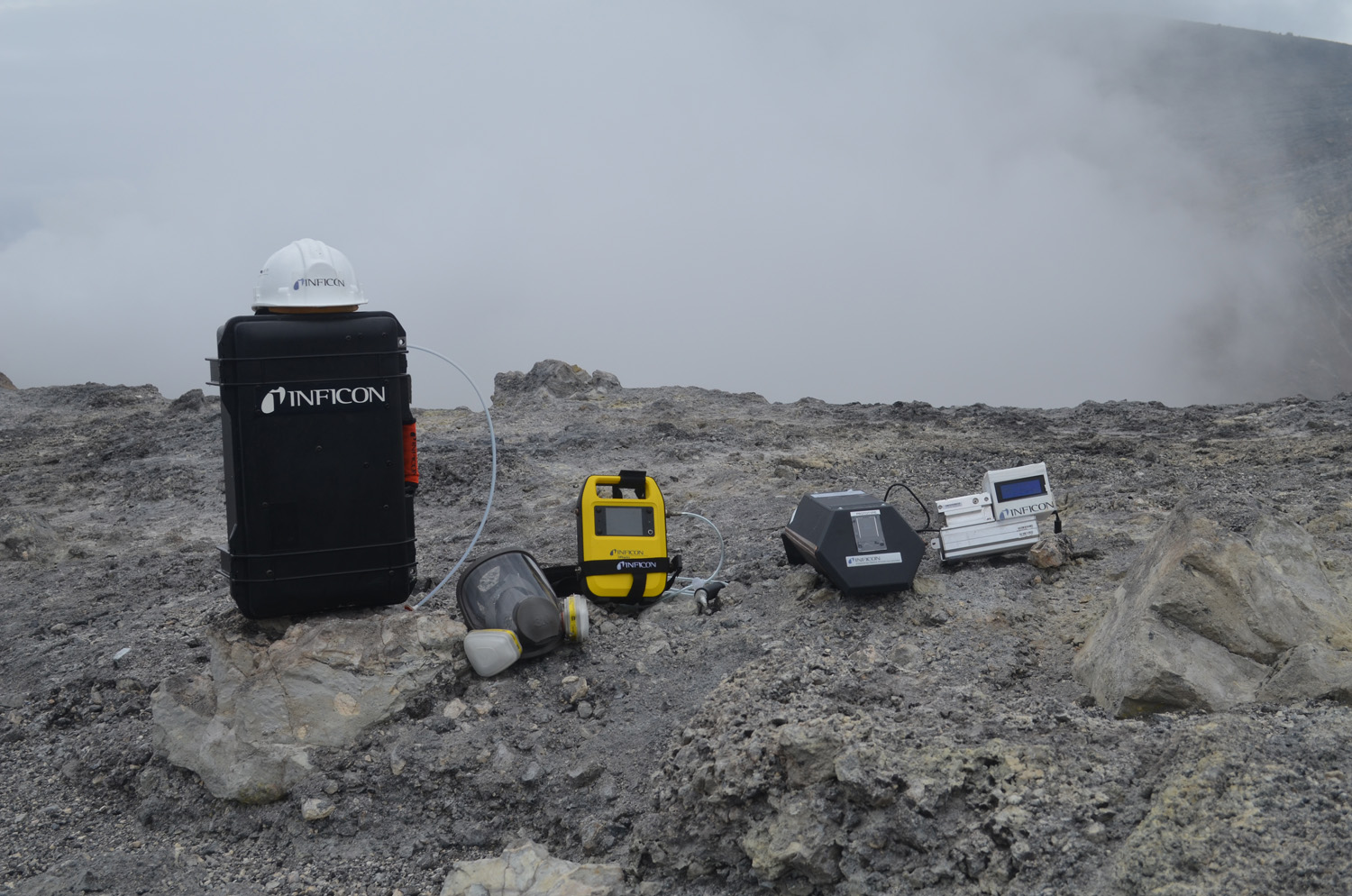
Think of a volcano as like a gigantic closed chamber filled with lava. The pressure from the degassing magma will develop cracks, fissures and leaks, where toxic gases and water vapor is emitted. These "fumarolic fields" could be measured by equipment typically used in other industries, but here is where INFICON contributes by deploying new leak detector technology and state of the art portable gas analyzers to measure the composition of the emitted gases and track their changes over time. The changes in the gas composition and its flux can be correlated with changes in the volcano's interior and indicate and eminent eruption. But, as with everything in nature, these parameters must be monitored over time to better understand each volcano's behavior.
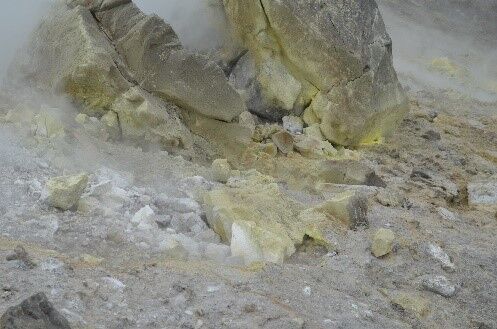
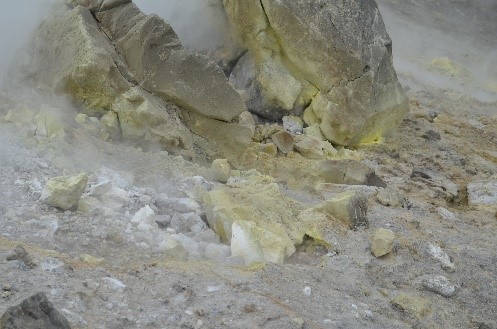
At Vulcano, the teams are measuring degases emitted at the crater's fumarolic fields to understand its state. At the same time, it helps to monitor many other volcanoes around the world, since these in situ gas measurements can be compared with remote sensing instrumentation data taken onboard airplanes and satellites, which can monitor by demand 24 hours a day, 7 days a week the Earth and all its volcanoes. These, then, become calibration and validation points for Earth Observing Platforms which help countries and civil defense authorities to prepare for emergencies when volcanoes become very active, and manage emergencies in case of an eruption when in-situ gas sensing is not an option. The data taken in this Vulcano field campaign will help calibrate the HyTES (Hyperspectral Thermal Emission Spectrometer) airborne instrument from JPL, and later will help with the development of the HyspIRI satellite remote sensing instrument which will help to monitor Earth’s volcanoes.
The pursuit of scientific advancement is important to the long-term sustainability of our people and our planet. Pushing the limits of science provides research organizations and their partners in private industry the platform to develop innovative techniques and technologies that can positively impact societal and environmental goals for generations to come. INFICON is proud to be a part of these collaborations and look forward to sharing more stories, like this one, with you in the future.
Scientific Publications
- MultiGAS Detection from Airborne Platforms on Italian Volcanic and Geothermal Areas. Remote Sens. 2023, 15(9), 2390
- Unmanned Aerial Mass Spectrometer Systems for In-Situ Volcanic Plume Analysis. Journal of the American Society for Mass Spectrometry 2015, 26, 2, 292–304
